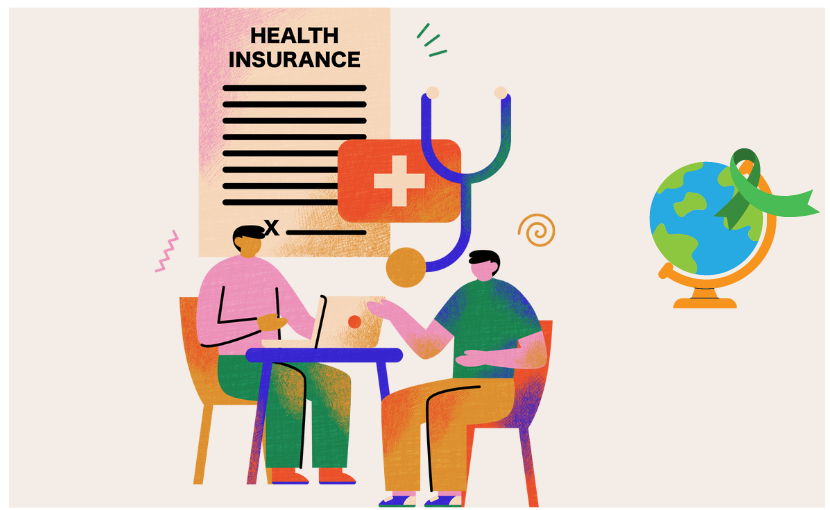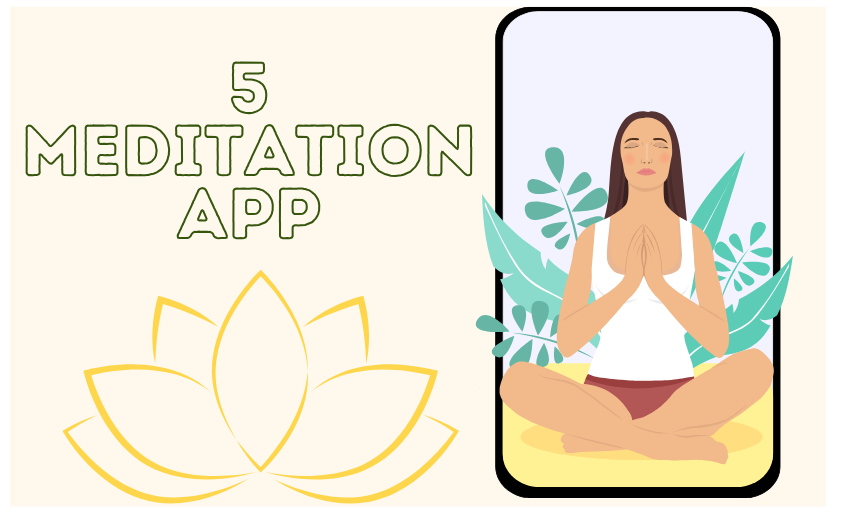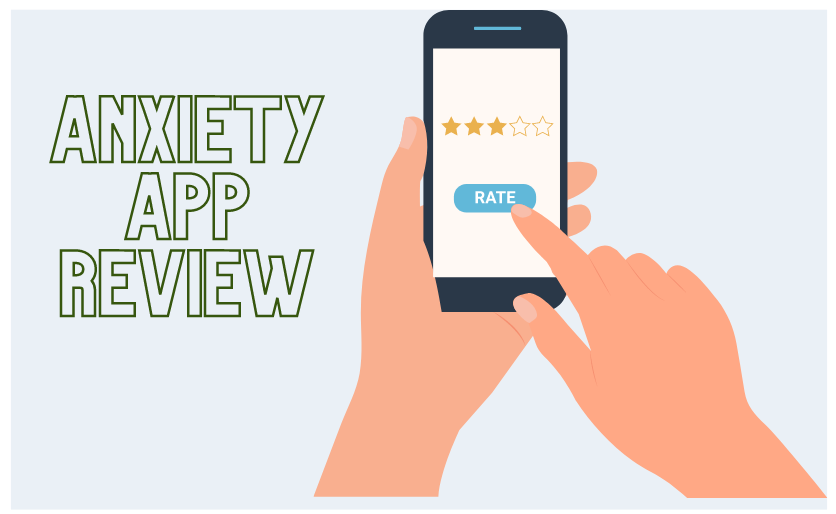How to Assist Family Members Struggling with Mental Health
Introduction
Having a family member struggle with mental health issues can be an incredibly challenging and emotional experience. It’s natural to feel helpless, overwhelmed, or unsure of how to provide the best support.
However, by recognizing the signs of mental health difficulties and taking proactive steps, you can play a vital role in your loved one’s journey towards healing and recovery.
Assisting family members facing mental health challenges involves understanding the importance of professional therapy, fostering independence, and prioritizing self-care.
This article will guide you through practical strategies to navigate this sensitive situation with compassion and create an environment that promotes mental well-being for your family member struggling with emotional distress.
1. Recognize the Challenges
Recognizing the challenges faced by family members struggling with mental health is crucial for providing effective support. Understanding common struggles, identifying triggers, and knowing the warning signs can help you better assist your loved one during this difficult time.
Understand Common Struggles
Most families are often unprepared to cope with the reality of having a loved one diagnosed with a mental illness. It can be physically and emotionally draining, leaving them feeling vulnerable to the opinions and judgments of others. 1
The individual’s behavior may be as distressing for them as it is for you, making it essential to approach the situation with an open mind and a supportive attitude. 1 Additionally, the focus on the family member with a mental illness can sometimes lead to neglecting the needs of other family members, causing resentment or difficulty pursuing personal interests. 1
Identify Triggers
A trigger is a stimulus that can elicit or worsen symptoms of mental illness. 2 3 These triggers can be external, such as sounds, sights, smells, or textures that evoke responses based on past experiences. 2 Internal triggers, on the other hand, can arise from strong emotions or physical changes, like a lack of sleep, which may exacerbate underlying mental health conditions. 2 3
Triggers vary widely from person to person and are often influenced by past experiences or trauma. 2 3 Understanding and working to prevent triggers can be empowering and effective, as opposed to addressing the aftermath of being triggered, which can be detrimental to mental health. 2 It’s essential not to dismiss or minimize the emotional response of someone who has been triggered, even if the trigger may seem insignificant. 3

Know the Warning Signs
Early intervention can help reduce the severity of mental illness and improve overall quality of life. 4 Recognizing the warning signs and seeking prompt treatment is crucial. Some common warning signs to watch out for include:
- Sleep or appetite changes, or a decline in personal care. 4
- Rapid or dramatic mood shifts, increased irritability, or depressed feelings. 4
- Social withdrawal and loss of interest in previously enjoyed activities. 4
- An unusual drop in functioning at school, work, or social activities. 4
- Problems with concentration, memory, logical thought, or speech. 4
- Heightened sensitivity to sights, sounds, smells, or touch, or avoidance of overstimulating situations. 4
- Loss of initiative or desire to participate in any activity. 4
- A vague feeling of being disconnected from oneself or surroundings, or a sense of unreality. 4
- Unusual or exaggerated beliefs, illogical or “magical” thinking. 4
- Fear, suspiciousness, or strong nervous feelings. 4
- Odd, uncharacteristic, or peculiar behavior. 4
- Increased absenteeism, worsening performance, or difficulties in relationships at school or work. 4
If several of these warning signs are present, it may be beneficial to follow up with a mental health professional. 4 Early intervention can potentially delay or prevent the onset of a major mental illness. 4
2. Get Professional Help
Find Mental Health Services
Seeking professional help is crucial when assisting a family member struggling with mental health issues. There are various resources available to find appropriate mental health services.
The National Helpline provides free, confidential treatment referrals and information on mental and substance use disorders in English and Spanish. 5 Additionally, you can look up your local Mental Health affiliate for services in your area. 5
If you or your loved one has private insurance, contact the insurance provider to find in-network mental health professionals or programs. 6 For those without insurance or seeking low-cost options, MHA affiliates, community health centers, and state or local health departments can provide information on affordable treatment options. 5 6
Utilize Crisis Helplines
In times of crisis or emotional distress, helplines can provide immediate support and guidance. The 988 Suicide & Crisis Lifeline offers 24/7 access to trained crisis counselors via call, text, or chat. 7 This service is free, confidential, and available nationwide. If you or someone you know is in crisis, call or text 988 or chat at 988lifeline.org. 7 5
The Crisis Text Line (text “HOME” to 741741) is another resource for anyone experiencing a crisis, providing support from trained counselors through a secure online platform. 7 Additionally, the RAINN National Sexual Assault Hotline (1-800-656-4673) offers support for those affected by sexual assault. 7

Seek Therapeutic Services
Ongoing therapeutic services can be invaluable in supporting a family member’s mental health journey. Finding a qualified therapist or counselor is essential. MHA’s “Find a Therapist” tool can help locate licensed mental health professionals in your area. 5 6
Support groups can also provide a sense of community and shared understanding for both the individual struggling and their family members. MHA affiliates, local hospitals, or mental health organizations can provide information on available support groups. 5 6
It’s important to remember that seeking professional help is a crucial step in supporting a family member’s mental well-being. With the right resources and support, recovery and healing are possible.
3. Foster Independence
Fostering independence is an essential aspect of supporting a family member struggling with mental health issues. It involves empowering them to make decisions, develop life skills, and pursue personal goals, ultimately promoting their autonomy and self-reliance.
Allow Decision-Making
While it’s natural to want to protect a loved one facing mental health challenges, it’s crucial to respect their ability to make decisions about their treatment and recovery journey.
Actively involving them in the decision-making process can preserve their autonomy and promote a sense of control over their well-being. 8 However, it’s important to recognize that individuals with mental and substance use disorders may face additional obstacles in decision-making due to the lingering stigma and perceptions of impaired decision-making abilities. 8 9
Encourage your family member to participate in treatment planning and express their preferences, needs, and values. 8 Provide them with relevant information and resources to make informed choices, and respect their decisions, even if they differ from your own preferences. 8
Support Life Skills Development
Life skills training plays a pivotal role in building independence, self-confidence, and resilience for individuals recovering from mental health issues. 10 These skills equip them with practical tools and knowledge necessary to live independently and thrive. 10 Some essential life skills to focus on include:
- Self-care routines: Establishing healthy habits like personal hygiene, exercise, and a balanced diet. 11
- Time management: Structuring the day with positive activities to avoid triggers. 11
- Social skills: Building a supportive social network and developing communication abilities. 11
- Financial management: Seeking employment, budgeting, and managing finances responsibly. 11
- Emotional regulation: Learning coping mechanisms to manage stress and negative emotions. 11
Encourage your family member to participate in life skills training programs or seek guidance from mental health professionals to develop these crucial abilities. 10 Regular practice and feedback are essential for effective skill development. 10

Encourage Personal Goals
Setting and pursuing personal goals can provide a sense of purpose, self-worth, and motivation for individuals on the road to recovery. 11 Encourage your family member to reflect on their aspirations, whether it’s trying something new, pursuing education or career opportunities, or mending relationships. 11 Support their goals and celebrate their achievements, no matter how small.
It’s important to remember that fostering independence is a gradual process that requires patience, understanding, and a supportive environment. By empowering your family member to make decisions, develop life skills, and pursue personal goals, you can contribute to their overall well-being and recovery journey.
4. Take Care of Yourself
Looking after a family member with mental health challenges can be physically and emotionally draining. It’s crucial to prioritize self-care to avoid caregiver burnout and maintain your own well-being.
Avoid Caregiver Burnout
Caregiver burnout is a state of physical, emotional, and mental exhaustion that can occur when dedicating time and energy to manage someone else’s health and safety. 12 It’s essential to recognize the signs and symptoms of burnout, such as fatigue, irritability, and neglecting personal needs, to seek help when needed. 12
Avoid becoming your loved one’s therapist; while educating yourself on how to best support them is important, you do not have the authority or educational background to act as their therapist. 13 Neglecting self-care can be detrimental to both you and your loved one, so it’s critical to remember to take care of yourself. 13
Seek Your Own Support Systems
Seeking support from trustworthy relatives, friends, and neighbors can help alleviate some responsibilities and provide a much-needed break. 13 Caregiver support groups offer a safe space to express feelings, fears, and frustrations with people who understand what you’re going through. 14 These groups can be valuable sources of information, advice, and social connection. 14
Respite care is another great tool for caregivers, providing short-term relief from the heavy responsibilities of caregiving. 14 During respite care, you can be assured that your loved one’s care needs will be met, allowing you to recharge and prioritize your own well-being.
A licensed therapist or counselor can help you process your emotions, improve problem-solving skills, and learn to set healthy boundaries. 14 Their job is to listen without judgment and provide tools to cope with caregiving challenges productively.
Practice Self-Care
Self-care involves taking the time to engage in activities that promote physical and mental health, manage stress, and increase energy levels. 15 Simple acts of self-care, such as regular exercise, a balanced diet, adequate sleep, and relaxation techniques like meditation or yoga, can significantly impact your overall well-being. 14 15
Scheduling regular breaks for enjoyable hobbies, spending time in nature, or engaging in low-stress activities can help you recharge and renew your energy. 13 15 Practicing gratitude, focusing on positivity, and staying connected with supportive friends or family members can also contribute to your emotional well-being. 15
Remember, taking care of yourself is not a luxury but an absolute necessity for caregivers. 12 By prioritizing self-care and seeking support when needed, you can better assist your family member on their mental health journey while maintaining your own physical and emotional well-being.
Conclusion
Supporting a family member struggling with mental health can be a challenging yet rewarding journey. It requires patience, empathy, and a willingness to educate yourself on the complexities of mental health conditions. By recognizing the challenges, seeking professional help, fostering independence, and prioritizing self-care, you can create an environment that facilitates healing and recovery for your loved one.
Remember, while your support is invaluable, recognize the limitations of what you can provide as a family member, and don’t forget to take care of yourself in the process. Seeking guidance from mental health professionals, attending support groups, and practicing self-care can help you navigate this journey more effectively while maintaining your own well-being.

FAQs
1. How can I support someone who is emotionally struggling?
To assist someone who is emotionally struggling, it’s crucial to listen actively and give them the opportunity to express their feelings without judgment. Reassuring them that seeking help is okay and that they are not alone can be very comforting. It’s important to remain calm, be patient, avoid making assumptions, and maintain regular social interactions with them.
2. What should I do if a family member with mental illness refuses to seek treatment?
When a family member refuses treatment for mental illness, start by expressing your concerns clearly and calmly, explaining why you are worried. Listen to their perspective and strive to build trust without being judgmental. Educate yourself about their condition, ask how you can support them, provide them with options for assistance, and suggest small, manageable steps. Always keep the lines of communication open.
3. What does family intervention mean in the context of mental illness?
Family interventions for mental illness involve including family members in therapy sessions to improve everyone’s understanding of the disorder and enhance their ability to manage problems and the illness effectively. This collaborative approach helps in building a supportive environment conducive to the mental health of all involved.
4. How should I communicate with a family member who has a mental illness?
When communicating with a mentally ill family member, it’s vital to speak in a way that is appropriate for their age and development level. Understand that mental illness does not affect a person’s intelligence. Be sensitive to signs of distress or confusion during conversations. Always show respect and empathy for how they perceive and describe their symptoms.
References
[1] – https://www.mhanational.org/recognizing-warning-signs
[2] – https://campushealth.unc.edu/health-topic/understanding-mental-health-triggers/
[3] – https://www.nami.org/Blogs/NAMI-Blog/January-2022/Understanding-Mental-Illness-Triggers
[4] – https://www.psychiatry.org/patients-families/warning-signs-of-mental-illness
[5] – https://mhanational.org/im-looking-mental-health-help-someone-else
[6] – https://www.samhsa.gov/mental-health/how-to-talk/friends-and-family-members
[7] – https://www.cdph.ca.gov/Programs/CCDPHP/DCDIC/SACB/Pages/Crisis-Hotlines–Resources.aspx
[8] – https://www.ncbi.nlm.nih.gov/books/NBK19831/
[9] – https://qbi.uq.edu.au/blog/2020/10/how-do-mental-disorders-impact-our-decision-making
[10] – https://www.lifeadjustmentteam.com/building-life-skills-through-psychosocial-rehabilitation/
[11] – https://www.turnbridge.com/news-events/latest-articles/life-skills-in-recovery/
[12] – https://my.clevelandclinic.org/health/diseases/9225-caregiver-burnout
[13] – https://jacksonhousecares.com/blog/posts/2022/march/how-to-deal-with-burnout-in-caring-for-a-mentally-ill-loved-one/
[14] – https://www.ncoa.org/article/support-for-caregivers-of-people-with-mental-illness-a-practical-guide
[15] – https://www.nimh.nih.gov/health/topics/caring-for-your-mental-health









